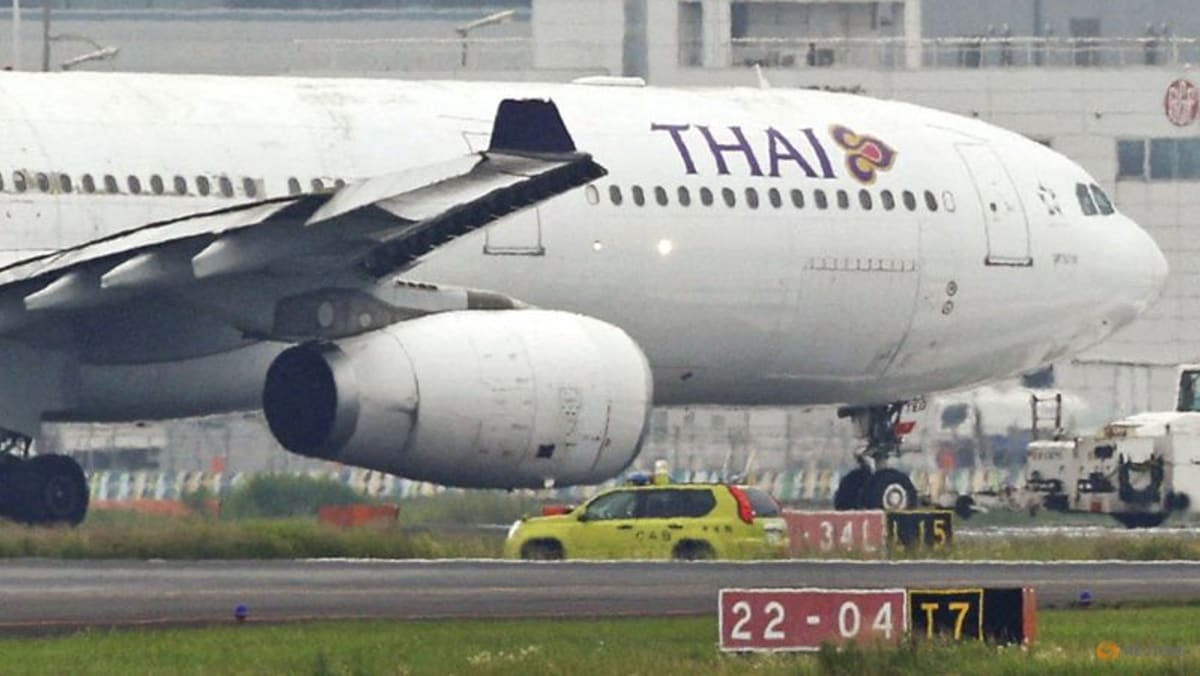NEW YORK/GDANSK :The dollar was softer in choppy trading on Monday, as investors monitored the fighting between Israel and Iran for signs that it could escalate into a broader regional conflict and braced for a week packed with central bank meetings.
As both Iran and Israel showed no signs of backing off from their attacks, market participants mulled the prospect that Tehran might seek to choke off the Strait of Hormuz – the world’s most important gateway for oil shipping. This could raise broader economic risks from disruptions in the energy-rich Middle East.
The dollar, which until recently had always been the ultimate safe haven in times of geopolitical or financial turmoil, slipped 0.3 per cent to 143.73 Japanese yen after rising nearly 0.4 per cent earlier on Monday. The euro rose 0.5 per cent to $1.1604.
The U.S. currency was also softer against the Swiss franc at 0.8104 franc, while an index that measures the dollar against six peers declined 0.5 per cent to 97.74.
“We’re looking for the U.S. dollar to stay subdued, as the Israel-Iran conflict looks to be holding at a steady state so far,” said John Velis, head of Americas macro strategy at BNY Markets.
“We find it noteworthy not to see a significant haven bid for the U.S. dollar as well as for U.S. Treasuries, neither of which rallied as one might expect when geopolitical risk flares up as it has over the past several days.”
Oil prices fell 3.3 per cent, following Friday’s 7 per cent rally to near six-month highs in the wake of Israel’s preemptive strike on Iran.
“Despite this Israeli-Iranian war, that seems to have escalated, the dollar, gold and oil prices are lower on the day. The markets have been focusing on the central banks,” said Marc Chandler, chief market strategist at Bannockburn Global Forex.
Currencies that are positively correlated to risk such as the Australian and the New Zealand dollars were 0.9 per cent and 1.2 per cent higher, respectively, while the oil-exposed Norwegian crown was up just 0.3 per cent, after hitting its highest since early 2023 earlier in the day.
On Friday, investors had bought back into the dollar, which has lost more than 9 per cent in value against a basket of six other currencies this year as U.S. President Donald Trump’s move to reshape the global trade order heightened economic uncertainty.
But analysts were less convinced that the trend could continue until there was more clarity on the tariff front.
“The 800-pound gorilla in the room is the U.S. tariff policy,” Chandler said. “We’ve got the July 9 date that the so-called reciprocal tariffs are supposed to end. … And so that sort of hangs over the market.”
The U.S. Federal Reserve gives its latest policy decision on Wednesday, with the Israel-Iran conflict adding complexity for policymakers.
Investors remain nervous over Trump’s deadline on trade deals due in about three weeks, while agreements with major trade partners, including the European Union and Japan, are yet to be signed.
They will look for progress in any bilateral meetings with the U.S. on the sidelines of a Group of Seven leaders’ meeting in Canada.
CENTRAL BANK MEETINGS
Top of the agenda this week is a host of central bank monetary policy decisions, with the spotlight on the Fed.
The central bank is widely expected to leave borrowing costs steady, but investors will likely lap up its views on recent data that has broadly indicated softening economic activity even as risks to increasing price pressures stay high.
The Bank of Japan is expected to deliver its interest rate decision at the end of its two-day meeting on Tuesday, with traders largely pricing in no change to policy.
Expectations are that the central bank could also consider tapering its government bond holdings from the next fiscal year as the Japanese government pushes for more domestic ownership.
Central banks in Britain, Switzerland, Sweden and Norway are also slated to unveil their policy decisions this week.
“The Fed’s forward guidance for monetary policy is likely to sway FX markets as the central bank is expected to retain the current policy,” said David Song, senior strategist, Forex.com. “The Federal Open Market Committee may stay on track to further unwind its restrictive policy as higher tariffs appear to be having a limited impact on inflation.”
Currency bid prices at 16 June 02:10 p.m. GMT
Description RIC Last U.S. Close Previous Session Pct Change YTD Pct High Bid Low Bid
Dollar index 97.703 98.272 -0.56 per cent -9.94 per cent 98.367 97.685
Euro/Dollar 1.1609 1.155 0.51 per cent 12.13 per cent $1.1615 $1.1524
Dollar/Yen 143.71 144.08 -0.27 per cent -8.68 per cent 144.535 143.69
Euro/Yen 166.85 166.42 0.26 per cent 2.22 per cent 167.21 166.14
Dollar/Swiss 0.8092 0.8113 -0.24 per cent -10.82 per cent 0.8134 0.8091
Sterling/Dollar 1.3617 1.3574 0.33 per cent 8.88 per cent $1.3621 $1.3536
Dollar/Canadian 1.3543 1.3582 -0.28 per cent -5.81 per cent 1.3607 1.3539
Aussie/Dollar 0.6546 0.6489 0.91 per cent 5.82 per cent $0.6551 $0.6469
Euro/Swiss 0.9394 0.9363 0.28 per cent 0.01 per cent 0.9419 0.9358
Euro/Sterling 0.8524 0.8505 0.22 per cent 3.03 per cent 0.8531 0.8504
NZ Dollar/Dollar 0.6081 0.6014 1.16 per cent 8.72 per cent $0.6085 0.6003
Dollar/Norway 9.8839 9.8522 0.32 per cent -13.04 per cent 9.9224 9.8653
Euro/Norway 11.4768 11.4268 0.44 per cent -2.48 per cent 11.484 11.4235
Dollar/Sweden 9.4381 9.4751 -0.39 per cent -14.37 per cent 9.5256 9.4353
Euro/Sweden 10.9576 10.9415 0.15 per cent -4.44 per cent 10.9825 10.944













